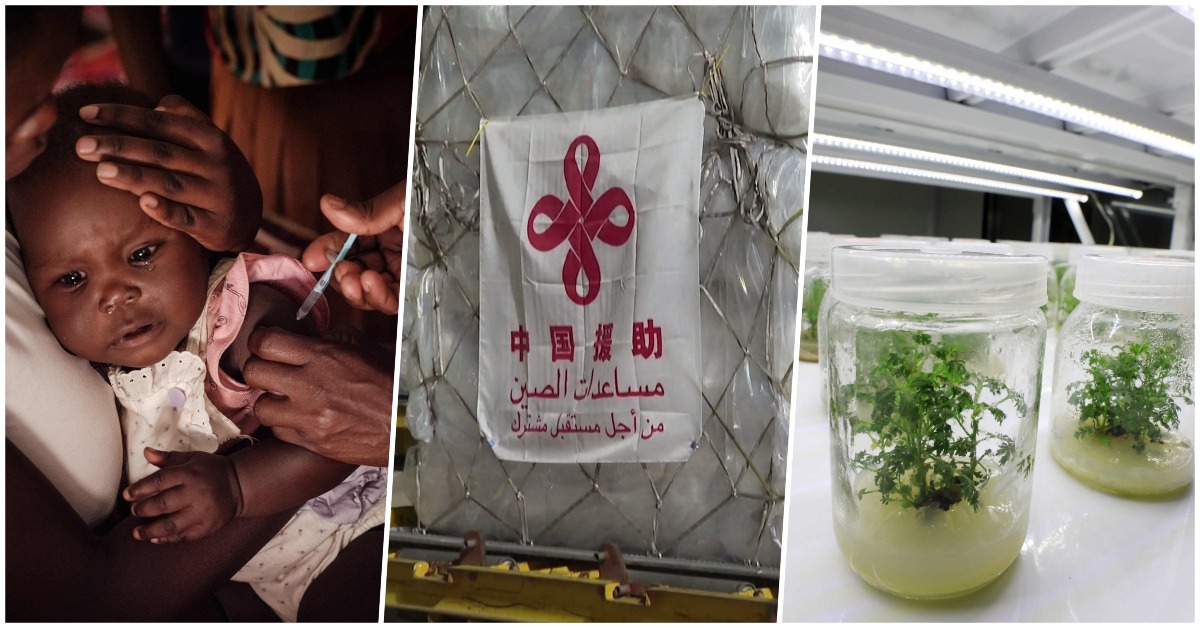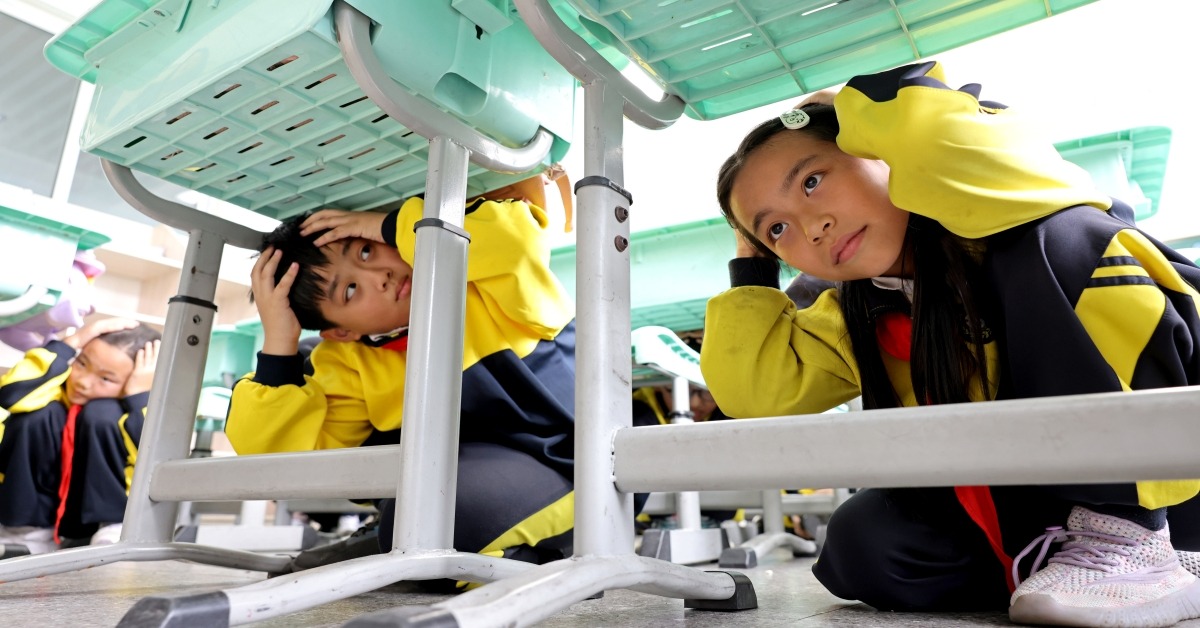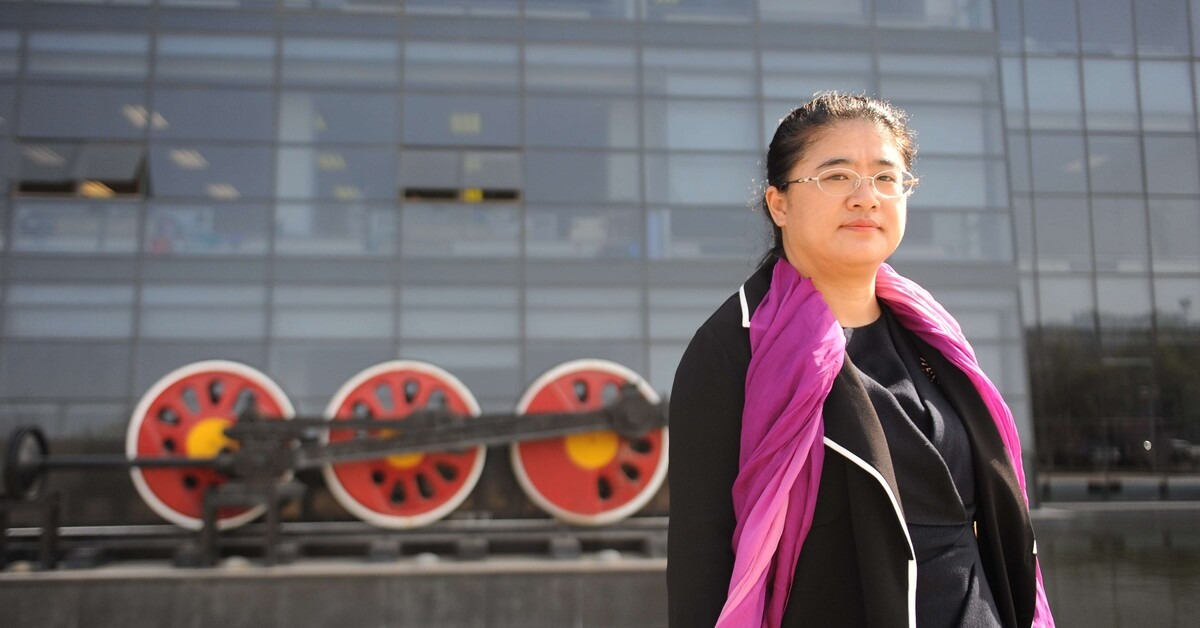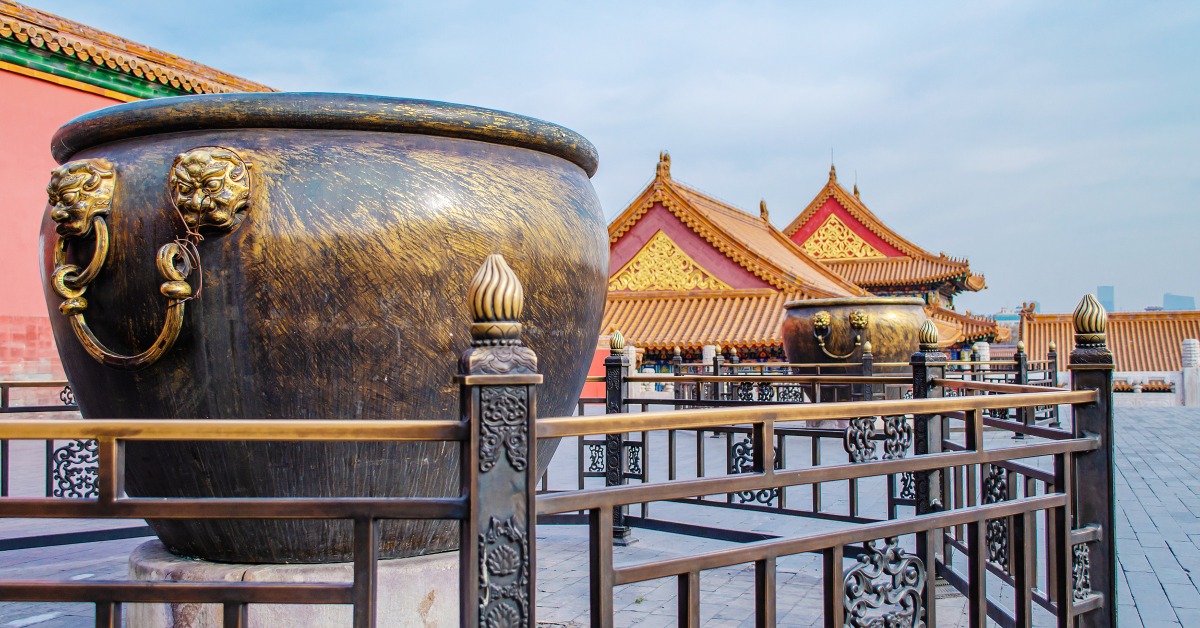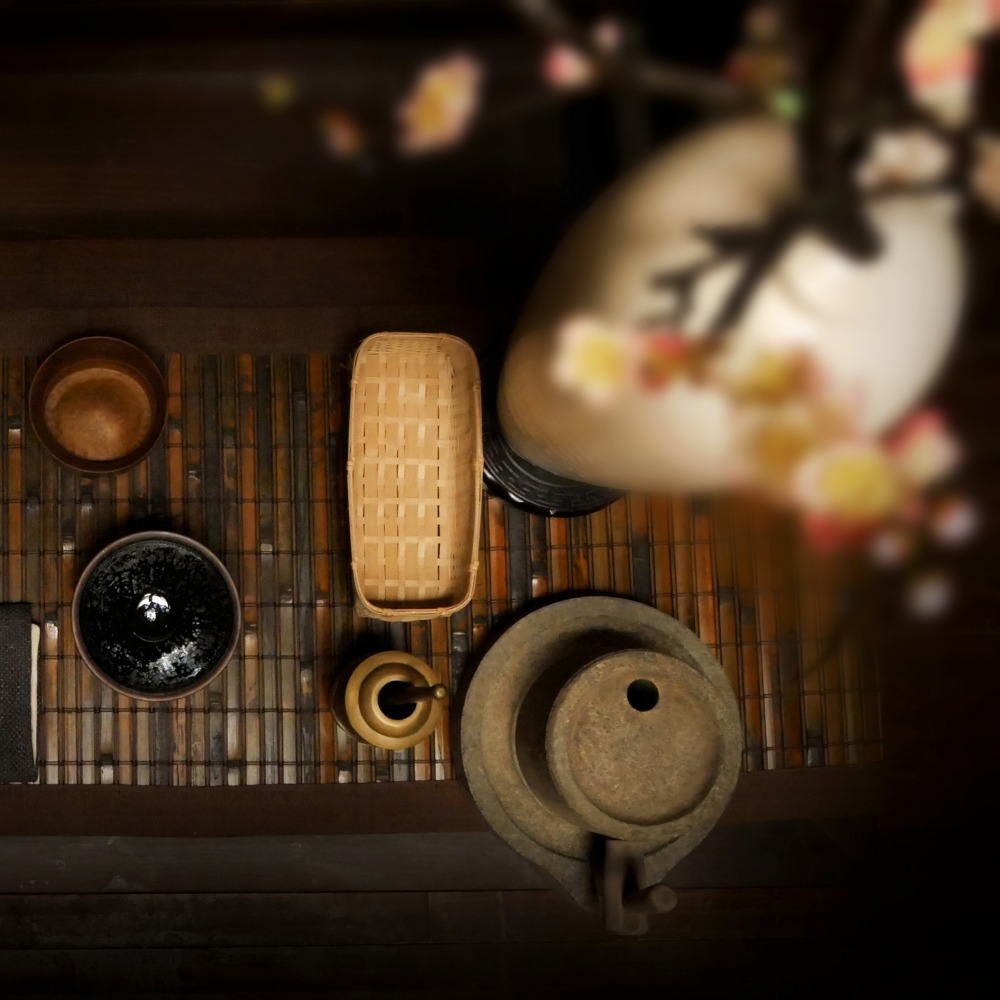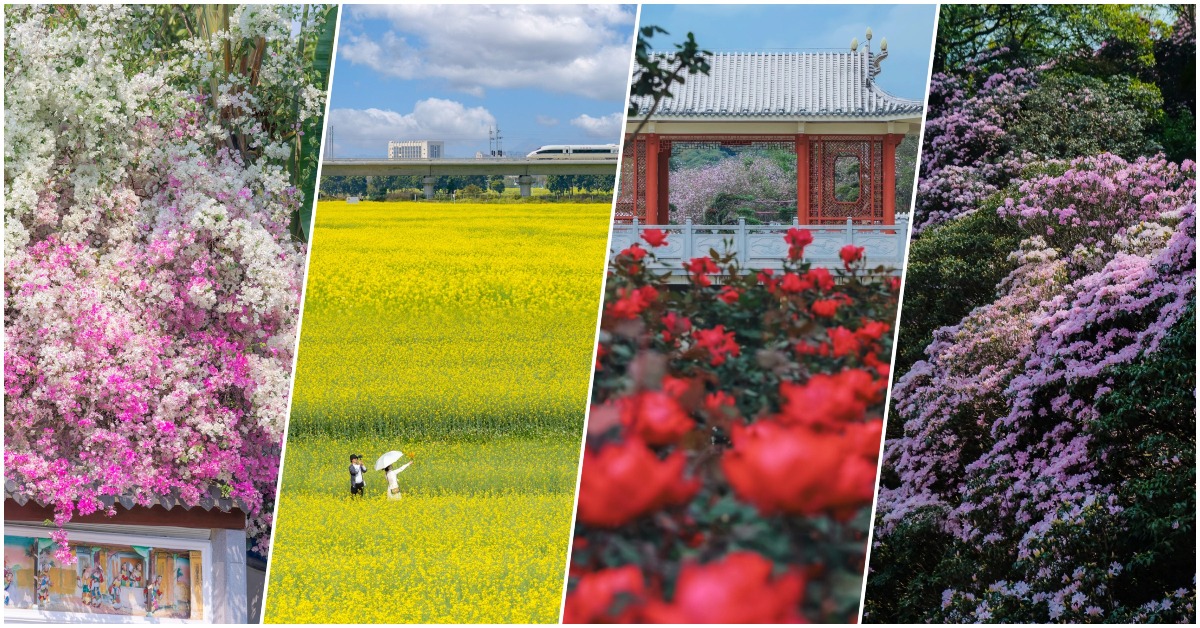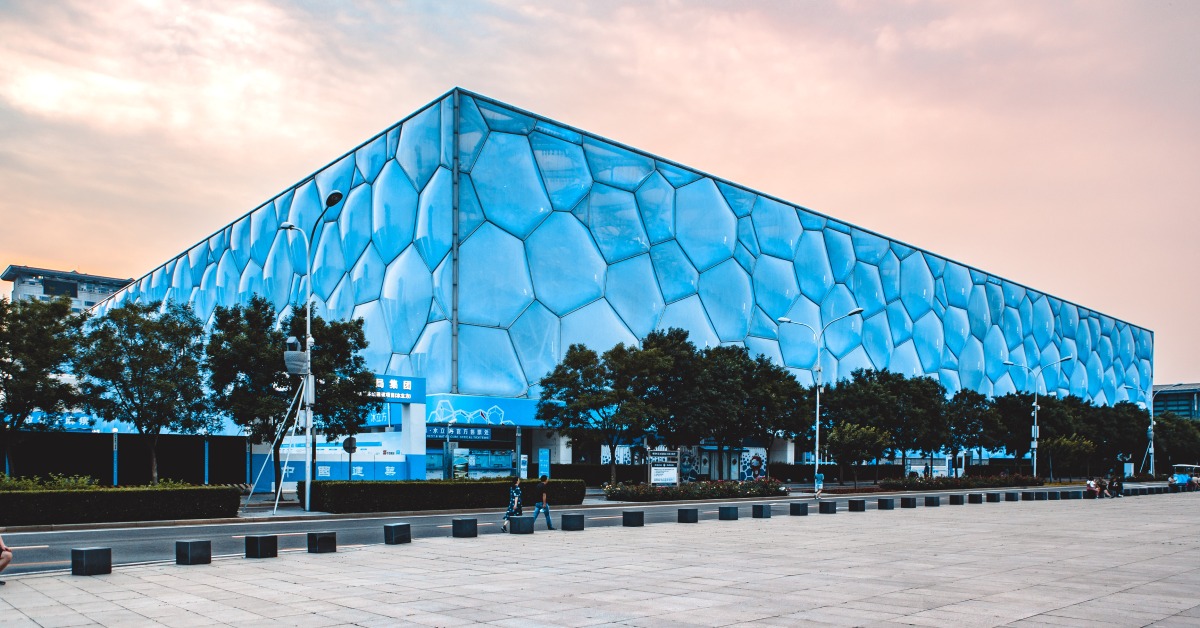Published : 2024-02-07
In 2021, China unveiled the "14th Five-Year" plan, outlining the direction for China's next five years (2021-2025) and drawn a blueprint for development.
The development of people's livelihood is the foundation of people's happiness and social harmony. The "14th Five-Year" plan proposes to bring "people's well-being to a new level". Specifically, where to start and how to achieve it? People's Livelihood Chapter of "14th Five-Year" special series article.
This article focuses on China's medical and health issues.
In 2020, the average life expectancy in China was 77.93 years old. The "14th Five-Year” plan proposes to raise this number by around 1 year, which is an average life expectancy of close to 79 years old.
Increasing life expectancy by 1 year, although a small step in data, is a major step for people's well-being. Behind it is the comprehensive enhancement and escort of economy, medicine, and society.
In order to achieve this goal, the "14th Five-Year" plan puts forward a series of work requirements, covering medical, health, sports, etc.
This article focuses on explaining the three main points: perfecting the national medical insurance system, promoting the inheritance and innovation of traditional Chinese medicine, and building a sports power.
Establish national medical security system
Once, China's medical resources were extremely scarce, the people lacked medical care and medication, and always faced the situation of "small diseases endure, serious diseases rely on heaven".
In the 1950s, China established a public-funded medical system, but it developed slowly.
In 1998, the basic medical insurance system for urban workers was established. In just 20 years thereafter, China's medical insurance system achieved universal coverage, accomplishing many medical achievements that many countries have taken decades to achieve.

With medical insurance, whether it is daily visits to the doctor or hospital surgery, many costs can be reimbursed, and the scope and extent of reimbursement are increasing year by year.
Especially after the establishment of the National Medical Insurance Bureau in 2018, more than 3,000 kinds of drugs have been included in the medical insurance catalogue, including drugs for chronic diseases such as hypertension, diabetes, mental illness, as well as new drugs for anti-tumour, rare diseases, and anti-viral.
The number of insured drugs is not only large, but also after negotiations by the relevant departments, the price has dropped significantly.
For example, the injection for treating spinal muscular atrophy used to be as high as 700,000 CNY, per needle, and it was included in medical insurance after negotiations for 30,000 CNY.
The coronary stent used for heart surgery used to cost tens of thousands of yuan per piece. After national centralized procurement, the average price is less than 1,000 CNY.
At present, China has 1.36 billion people participating in basic medical insurance, with a coverage rate stable at over 95%, and has built the world's largest social security system that allows people to afford to get sick, afford to eat medicine, and afford to stay in the hospital.
Read more: China has established the largest social security system in the world
Promotion of traditional Chinese medicine
Traditional Chinese medicine is an important medical and cultural resource in China. To establish a perfect medical system, the development of traditional Chinese medicine is indispensable.
In recent years, Traditional Chinese medicine has received a lot of attention. Usually, after the country releases the five-year plan, the traditional Chinese medicine industry will propose more detailed development plans.
In the past, similar development plans were issued by industry departments, but the "14th Five-Year" Traditional Chinese Medicine Development Plan was issued by the State Council for the first time, reflecting the important status of traditional Chinese medicine.
So, how exactly does traditional Chinese medicine currently work?
A set of data can show the general situation: As of the end of 2020, there are 5,482 traditional Chinese medicine hospitals in China. 99% of community health service centres and township health clinics provide traditional Chinese medicine services.
Traditional Chinese medicine has spread to 196 countries and regions, and the total trade in import and export of traditional Chinese medicine products has grown significantly.
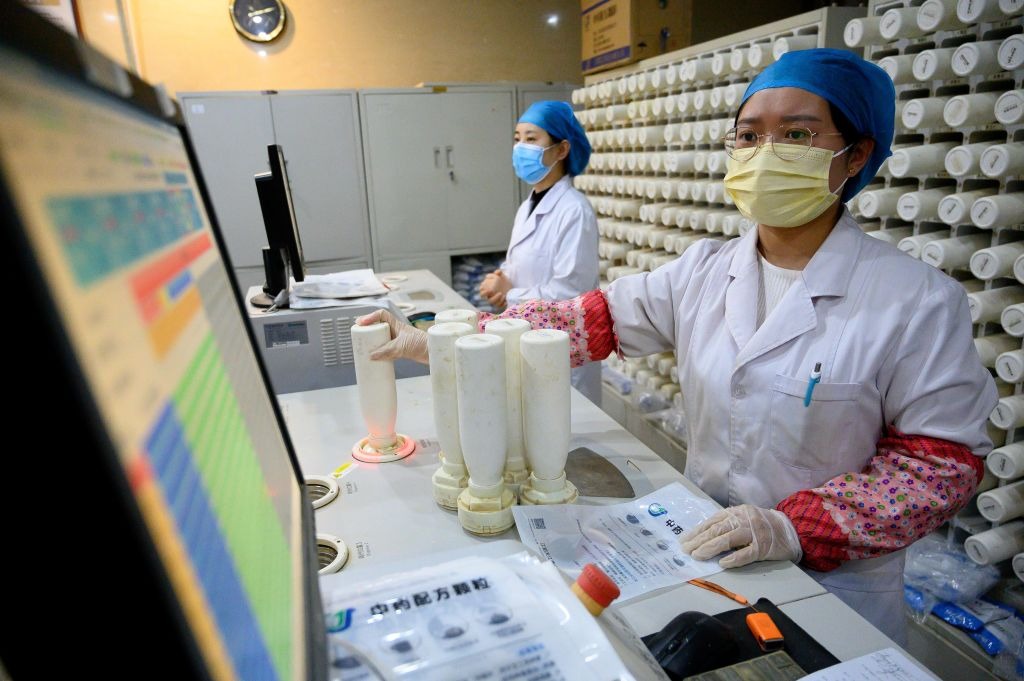
According to the "14th Five-Year" plan, by 2025, the service capacity of traditional Chinese medicine will be significantly enhanced on this basis, and the unique advantages of traditional Chinese medicine in the construction of "Healthy China" will be fully exerted.
To achieve this goal, there are a series of urgent problems to be solved.
For example, in order to solve the problem of uneven quality of Chinese medicinal materials, relevant national departments have introduced the "GACP (Good Agricultural Practice) for Chinese Medicinal Materials", which standardizes the management of bases, seedlings, planting, harvesting and processing, quality inspection, etc., and promotes the establishment of a traceability system for Chinese medicinal materials.
The State Council has also issued a related scheme, proposing a series of measures, including formulating technical specifications and operating procedures for the planting and breeding of 300 commonly used Chinese medicinal materials, carrying out ecological planting and cultivation of Chinese medicinal materials, developing 30 to 50 models of Chinese medicinal materials planting and demonstration promotion, as well as building a rapid detection platform for Chinese medicinal materials.
Improving the traditional Chinese medicine diagnosis and treatment system, allowing people to "choose Chinese when it is appropriate, and choose western when it is appropriate" when seeking medical treatment, is of great significance to the construction of a "Healthy China".
Read more: Innovation of traditional Chinese medicine
Boost public-service system for fitness
To improve the health of the people, in addition to improving the medical system, the more fundamental point is to "prevent diseases before they happen", that is, to strengthen the people's awareness of sports and health.
In recent years, China has successively hosted the Beijing Winter Olympics, Hangzhou Asian Games, University Sports Games, and the National Sports Games to be held in the Greater Bay Area in 2025.
Various sports events not only leave sports facilities for each city, but also enhance people's awareness and enthusiasm for these sports.
In recent years, China has also proposed a national fitness plan, with the goal that by 2025, the proportion of people who regularly participate in physical exercise will reach 38.5%, and the 15-minute fitness circle in the community will achieve full coverage.
Take Shenzhen as an example, in recent years, Shenzhen Bay Park, Central Park, Lotus Mountain Park's intelligent fitness centres have been opened one after another.
These fitness centres have moved the gymnasium from indoors to outdoors for the public to use 24 hours a day for free. Many devices also have health testing functions. You only need to operate simply with your mobile phone to create a personal exercise file, track body changes, and enhance the enthusiasm for exercise.
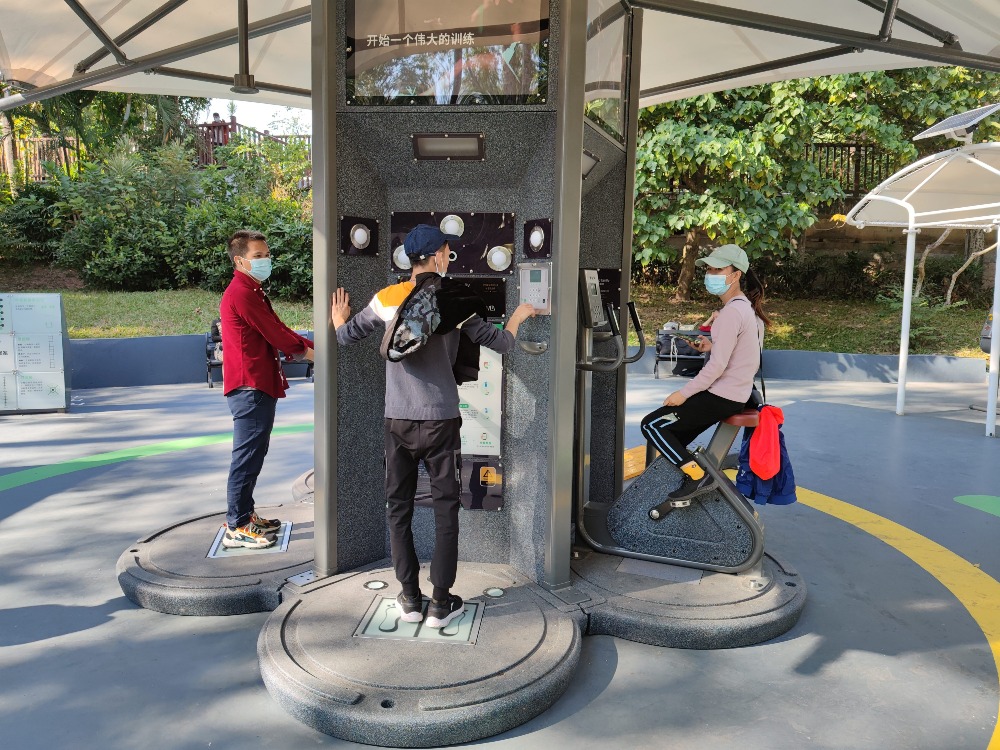
And besides cities, the sports craze has also swept through towns and rural areas. The "June 6" new food festival basketball game in Taijiang, Guizhou, was called "Village Basketball Association" (Village BA) by netizens.
On the day of the finals, a small mountain village with only 1,188 people suddenly saw nearly 30,000 spectators, and the live broadcast attracted 800 million viewers, greatly stimulating the people's enthusiasm for sports.
To summarise, China prioritizes ensuring the health of the people, improves policies to promote national health, weaves a public health protection net for the people, and provides health services covering all aspects and life periods.







